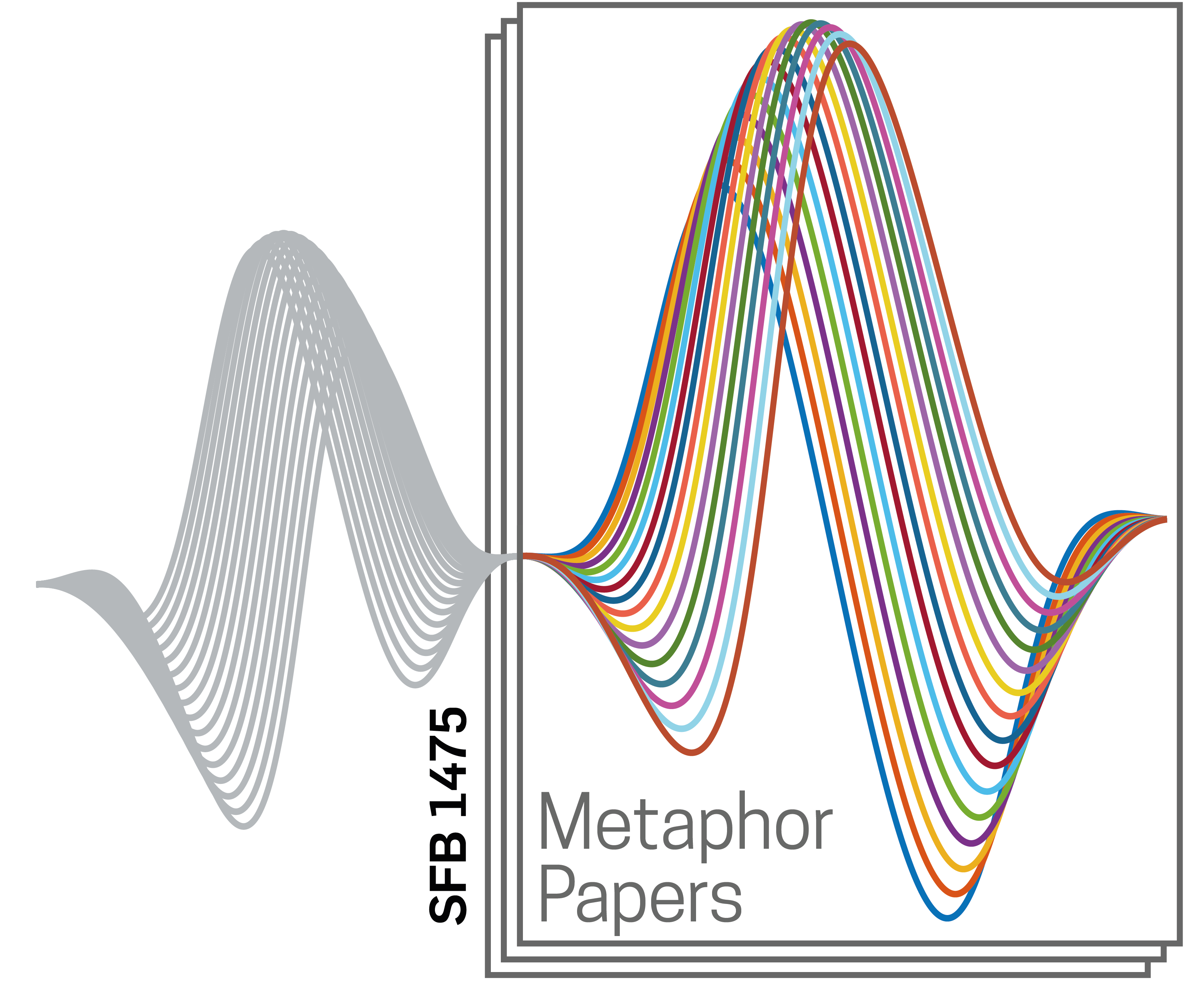
Do You Speak Mahāmudrā? How the Inexpressible is Said Through Metaphors
Synopsis
Mahāmudrā is a Buddhist practice system that originated in India and was transmitted in various forms and through various channels to Tibet. The transmission discussed in this paper teaches the direct observation of the mind, which is a paradox: Apart from being “like space,” the mind has no characteristics; thus, nothing can really be looked at. Ultimately, the mind is considered to be “seen” when all “seeing” is completely exhausted by a practice that looks at the mind in the manner of looking into boundless und unveiled space. Tilopa’s basic text of the Gangama teaches the stopping of all thought-like mental activities as the principal method. The Third Karmapa’s commentary introduces a second method, where the thought-like activities are not stopped but watched while investigating where thoughts come from, where they stay, and where they disappear to. As a result, the practitioner understands that thoughts are not different from the space-like mind like waves are not different from the ocean, and with this realization, all thoughts disappear. Because of their high density of metaphors, the texts of Tilopa and the Karmapa lend themselves to investigating how language in religious use emerges from metaphors. The primary metaphors can be summarized as space and movement, including being fettered, loosening, and becoming free. Another essential metaphor is clarity as a sub-category of space, in the sense of unobstructed or unveiled, as well as clear, empty, and naked. An important observation is that the metaphors are often initially apophatic—often negations—whereas the derived ones tend to be neutral or positive. The meaning that emerges then often takes on an abstract cataphatic form (space, free, nature). We can also observe that the two different approaches, stopping thoughts or using thoughts for the practice, seem to prefer different metaphors, e.g., with the connotation of a static “openness” and “expansiveness” (space, sky) or with a dynamic “inclusiveness” (waves and water). Analyzing metaphors enables us to decipher the complex meaning of a whole doctrinal system. We can develop a perspective on a religious system of meaning by analyzing the types of metaphors that are used—dynamic/static, negative/positive, apophatic/cataphatic, etc.—and the developments and derivations that can be observed in them—e.g., from dynamic to static or from negative to positive.




